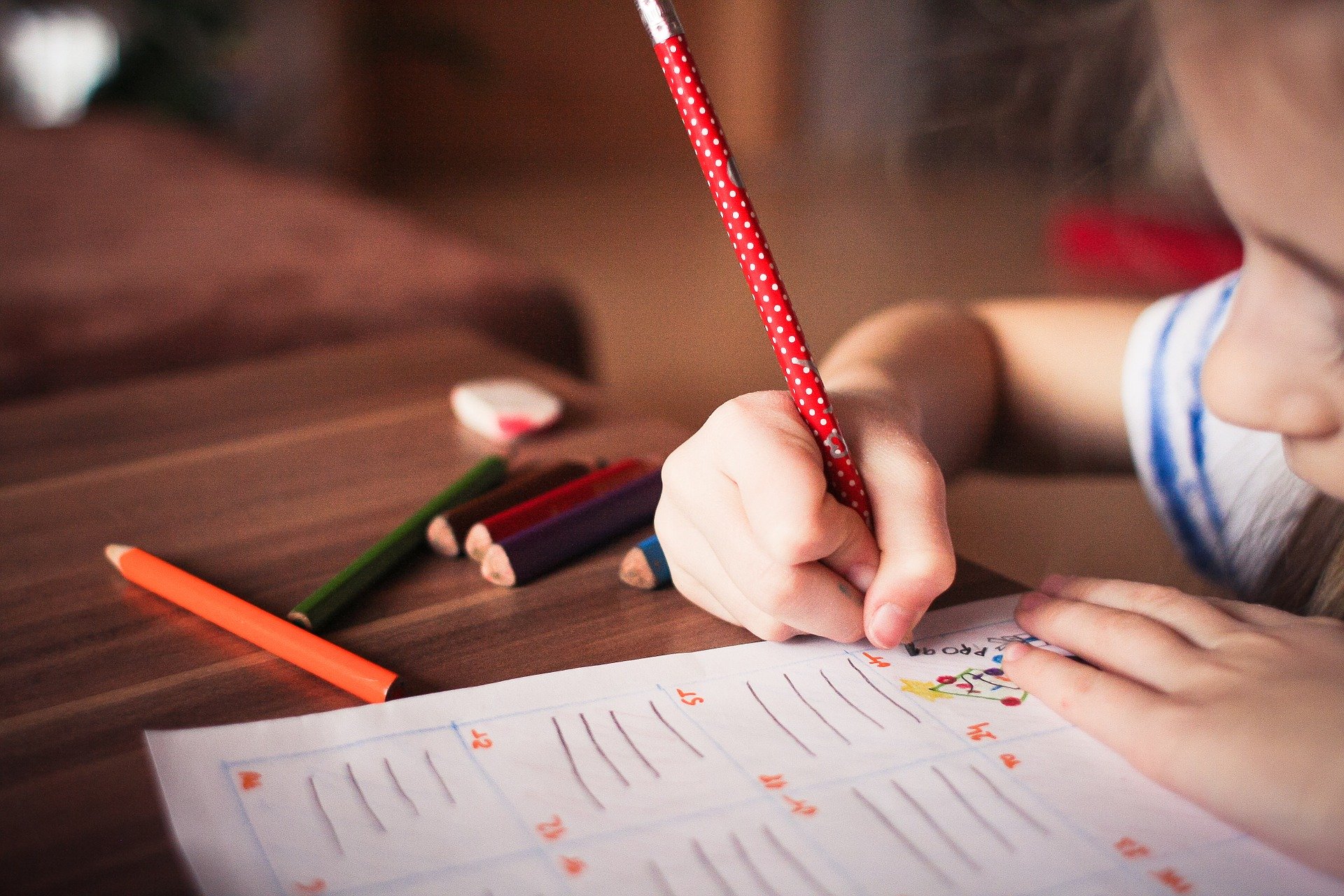Schedules for distance learning are all over the place (and it’s making parents crazy)
As district officials have slowly released plans for remote learning this fall, parents have been eager to get a better picture of what their days will look like. But one thing has become clear as more elementary school schedules have been released: unlike an in-person school day which is relatively predictable across K-5 schools, distance learning schedules vary greatly. While some are offering a rigid schedule with a mix of live instruction and independent work time, others are offering prerecorded videos and paper work packets and are encouraging families to come up with a schedule of their own. Rules for attendance and grading vary as well.
How do you teach anti-racism to the youngest students?
As education organizations and initiatives such as Teaching Tolerance, the Zinn Education Project, Black Lives Matter at School, the Pulitzer Center’s 1619 Project Curriculum and others strive to give educators the tools to teach anti-bias and anti-racism, educators are grappling with how to implement these resources in early grades. For Katie Cryan Leary, the principal of the newly opened Magnolia Elementary in Seattle Public Schools, creating an anti-racist, anti-bias school can be a messy, uncomfortable journey. That’s especially true in a district that, in the 19 years she’s been working there, has committed to racial equity but still struggles to serve the needs of a wide range of students.
Goodbye sensory tables, hello ‘air hugs’: Child care in the coronavirus era
Nationwide, many child care centers and preschools that managed to survive the coronavirus-induced shutdown are now trying to open their doors once more. Those that did not shut down permanently are facing immense obstacles, including staff shortages and a lack of funds, as well as arduous requirements for cleaning and sanitizing. In some states, agencies that oversee child care have given centers dozens of pages of new, more stringent regulations that, among other things, require centers to keep all children’s belongings at school, to stop serving family-style meals and to clean more frequently than ever before.
1 In 5 Child Care Jobs Were Lost Since Pandemic Started. Women Are Affected Most.
Of the many sectors of the American economy slammed by the coronavirus pandemic, the businesses and individuals who provide child care to an estimated 12 million children under age 5 are among the hardest hit. According to a report released Wednesday, more than 1 out of 5 of the nearly 1 million people employed in the U.S. as child care providers in February have lost their jobs. Women account for 95 percent of the child care workforce, so they have felt the impact of those lost jobs especially hard, according to the report from the National Women’s Law Center.
New Data Show Statewide Snapshot of Kindergarten Readiness Encouraging Progress on Kindergarten Readiness: Still A Long Way To Go
Data from the statewide Kindergarten Individual Development Survey (KIDS), released today by the Illinois State Board of Education, provides a snapshot of the skills of beginning kindergarteners in Illinois in the fall of 2019 and reflects the second consecutive year of increases in kindergarten readiness scores. Given KIDS is a relatively new tool, teachers are gaining expertise in observational data collection each year of implementation – making data and trends more conclusive every year. Over 6,300 teachers observed nearly 120,000 kindergarteners (91 percent of all IL kindergarteners) with the KIDS tool in the fall of 2019. From fall 2018, the number of students scored as demonstrating readiness to learn at a kindergarten level increased from 26 percent to 29 percent, and fewer students were scored as having not reached readiness in any area–down from 39 percent to 37 percent.
3 Ways to Support Kindergarteners This Fall
As spring turns to summer each year, teachers and principals start to plan for their incoming kindergarteners. They work with community partners, like United Way or local preschools, to identify the preschool students likely to attend their school. Schools typically invite families to an evening school event preparing them for registration, bussing, school food, and more while transition programs go even deeper to prepare them for the fall. Through these programs, families meet with teachers, counselors and other parents to establish and grow the relationships that are critical for early learning success. These efforts build valuable on-ramps for teachers, children and families to stronger relationships rooted in communication and social and emotional development. COVID-19 school closures mean a lot of these efforts are likely not happening this year, and many families may be going without the critical information they need about their kindergartener’s transition to school, regardless of the brick-and-mortar or online setting. Should redshirting be an option for them? And is there an opportunity to mitigate the barriers to this choice that historically underserved families face?

